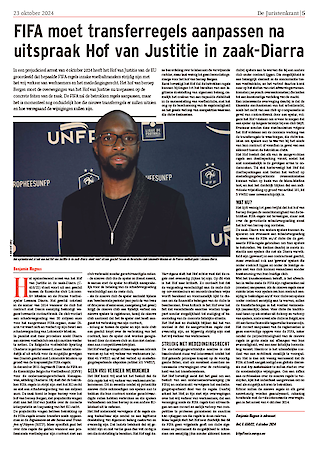Privacy Talk
The use of cookies on your website.
What you need to know.
Cookies are small text files that websites store on visitors' computers or smartphones. The placing of and access to cookies is considered to be a processing of personal data. Cookies usually contain a unique identifier that allows websites to recognise and track visitors.
Cookies are placed for various purposes. Article 129 of the Belgian Act of 3 June 2005 on electronic communications prohibits the placing of cookies without the visitor’s prior consent. This applies in particular to analytical cookies, advertising cookies and social media plug-ins (such as the Facebook thumb).
There is an exception to the consent requirement for essential cookies that are necessary for the operation of the website (e.g. to establish a connection) and for functional cookies that improve the surfing experience (e.g. remembering a login, the selected items in a shopping basket, language preferences, etc.).
The placing of cookies is only permitted if the visitor has received clear and precise information about this in the form of a cookie statement.
What you need to do.
If you use non-essential or non-functional cookies on your website, you must first ask your visitors for their consent. This should preferably be done by means of a clearly visible banner or pop-up on the homepage of your website. The banner explicitly asks for the visitor's consent (e.g. by clicking on an OK button) or clarifies that the visitor shall effectively give his/her permission by the fact of actively continuing to browse the website (e.g. by going ahead and clicking on a link or image). The banner must remain visible and the cookies may not be placed until consent has been given.
You may not refuse access to your website if a visitor does not agree to the placing of non-essential or non-functional cookies. For example, consenting to advertising cookies cannot be made a condition for accessing your webshop or buying a product.
The banner contains a link to the cookie statement for more information. The cookie statement contains a summary of all the cookies used on your website, including their name, purpose, retention period (temporary or permanent) and any transfer to or access by third parties (if you use third-party cookies). The cookie statement also clarifies how the visitor can change his/her cookie settings. You can refer to the browser settings that allow the visitor to accept or refuse (certain) cookies and to delete specific cookies from his/her computer or smartphone.
Please consult our website or contact one of our team members if you have questions or require more information:










